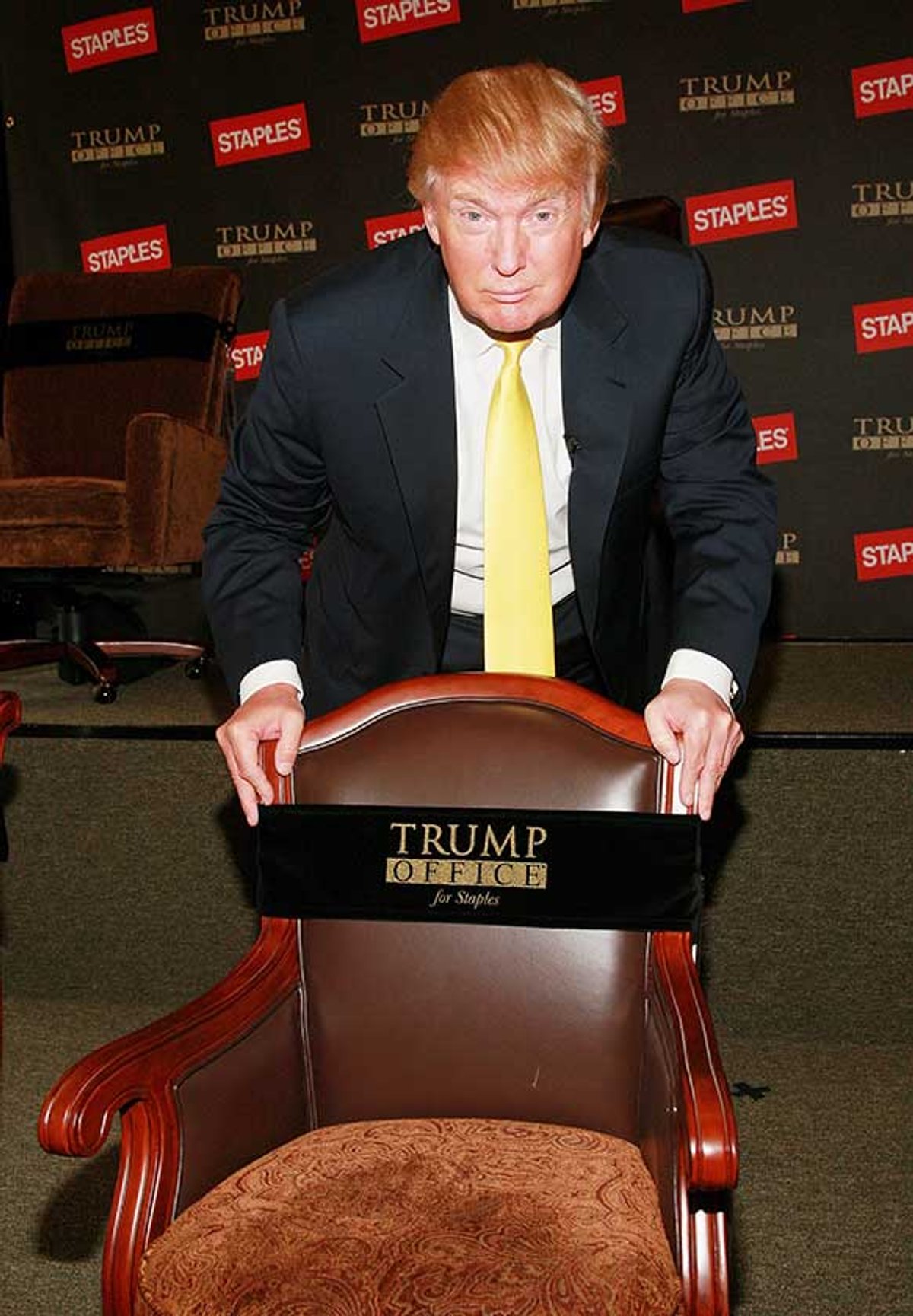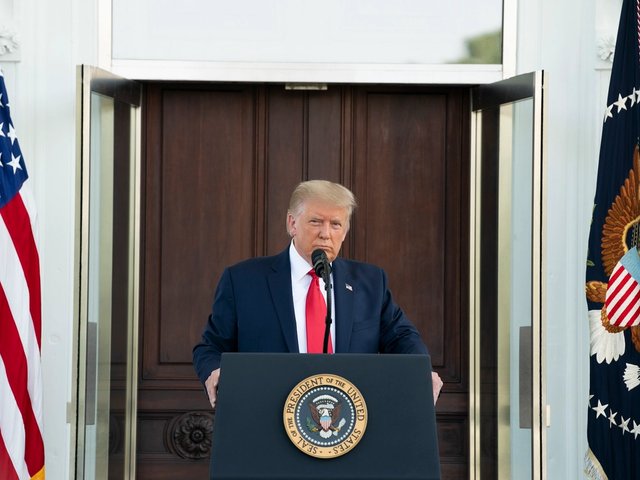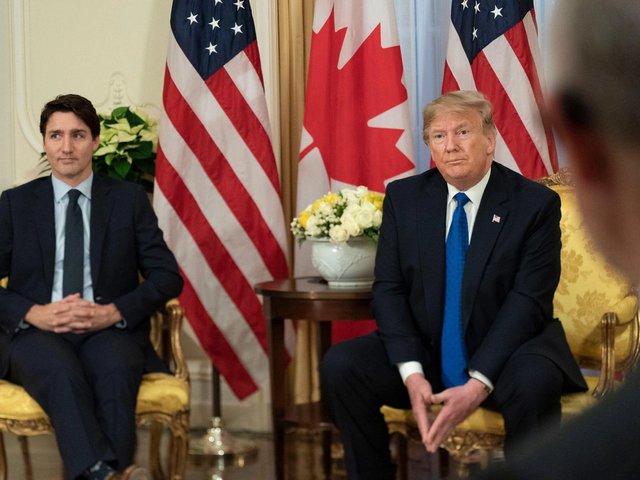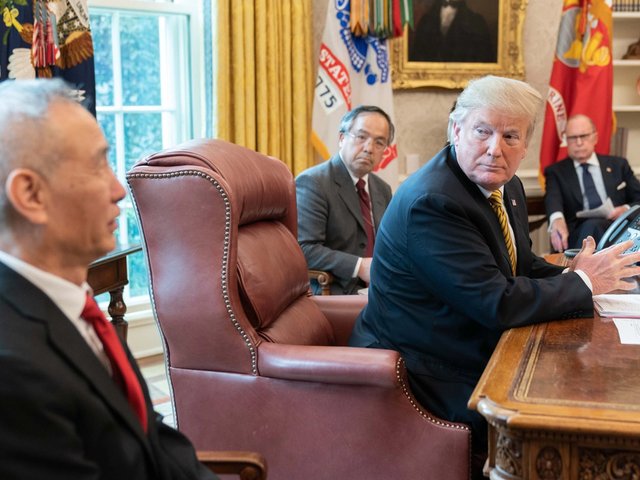The import tariffs imposed by President Donald Trump’s administration have been intended to bolster domestic producers, particularly in the construction and pharmaceutical industries, as well as manufacturers of appliances and automobiles, but they have caused collateral damage to the international trade in antiques and decorative arts.
“I’m in complete shock,” says Millicent Ford Creech, a dealer of antique American and European furniture based in Memphis, Tennessee, regarding Trump’s announcement of tariffs, first on upholstered furniture and then on all furniture. “I understand the objective is to assist North Carolina manufacturers,” she adds, noting that tariffs on Ikea products might be reasonable. “However, most of my clients want furniture prior to 1800; the majority of those preferring pre-1770.”
The executive order signed by Trump on 29 September applies 25% tariffs on wood imports, as well as derivative products such as upholstered furniture and kitchen cabinets beginning 14 October. Imports of softwood timber and lumber will face a 10% tariff rate, while upholstered wooden products (including sofas and chairs) will incur a 25% duty. Kitchen cabinets and units, as well as parts used in manufacturing those products, will be subject to a 25% levy per order. Starting 1 January 2026, the US will raise the tariff for upholstered furniture to 30% while hiking the rate for kitchen cabinets, units and associated parts to 50%.
The 1977 law under which the Trump administration is seeking to levy most of these tariffs (the International Emergency Economic Powers Act) contains an exemption for “informational materials” that covers painting, sculpture and other fine art media, but many other collectibles, expressive arts and decorative arts items, including watches, wine, furniture and even classic cars have no such exemption and would be subject to the tariffs. (On Wednesday 5 November, the US supreme court will hear arguments in a case that could settle definitively the legality of the tariffs Trump has unilaterally imposed on almost all US trading partners by invoking the International Emergency Economic Powers Act.)
One US antiques dealer who is feeling the pain is Steven J. Chait, the president of New York’s Ralph M. Chait Galleries. He says that “tariffs have been a negative for us on purchasing items from outside the country and bringing them in”, since the tax puts the company at a competitive disadvantage compared to dealers in Europe and elsewhere as “the tariff amount needs to be figured into an appropriate purchase price”.
Recently, he says, he acquired a porcelain animal that had been made in China in the mid 17th century and sold at that time to a buyer in Europe. “It is now coming to us from a European collection. We were charged about 30% on the invoice due to the tariff.” Adding 30% to the price of the porcelain bumps up against the upper limit of what might be charged for such an item, he notes, so the company will just have to absorb the cost.
There is no one tariff on imports as they vary from one country to the next, and sometimes the rates fluctuate widely as Trump looks for leverage or to reward one nation or another. “When I ask my shipper in the UK, ‘What is this going to cost me to ship to New York,’ he tells me that he doesn’t know,” says Michael Pashby, an antiques dealer in New York City. “It may be one rate when he leaves port and another when he reaches the US.”
The differing rates create more confusion when particular objects have elements from more than one country. Pashby notes that he has porcelain vases that were commissioned by British citizens from Chinese ceramics studios in the 18th century and immediately taken back to England, where, in some cases, silver ornaments were added to them. “These vases have sat in England for two centuries or more but, when importing them to the US, suddenly they’re Chinese, and the Chinese tariffs apply.”
The Trump administration’s actions are having ripple effects across the entire art and antiques trade. “The effect of the tariffs has been extraordinarily disruptive on the market,” says Nicholas M. O’Donnell, a partner in the law firm Sullivan & Worcester who has a specialty in art law. “The tariffs are pushing sales out of the United States of existing collectibles, particularly at galleries and auction houses.”
Pierre Valentin, a London-based lawyer specialising in art law and a long-time in-house legal counsel for Sotheby’s, says that “furniture dealers most affected by tariffs will be in the US rather than in Europe”, but European dealers of antique furniture are adversely affected by the tariffs if they participate in art fairs in the US, because the tariffs apply to imported items even if they are not sold. “I suspect that business has slowed down significantly, even perhaps stopped altogether, and for a European dealer heavily reliant on US clients buying online, it’s a problem,” Valentin says.
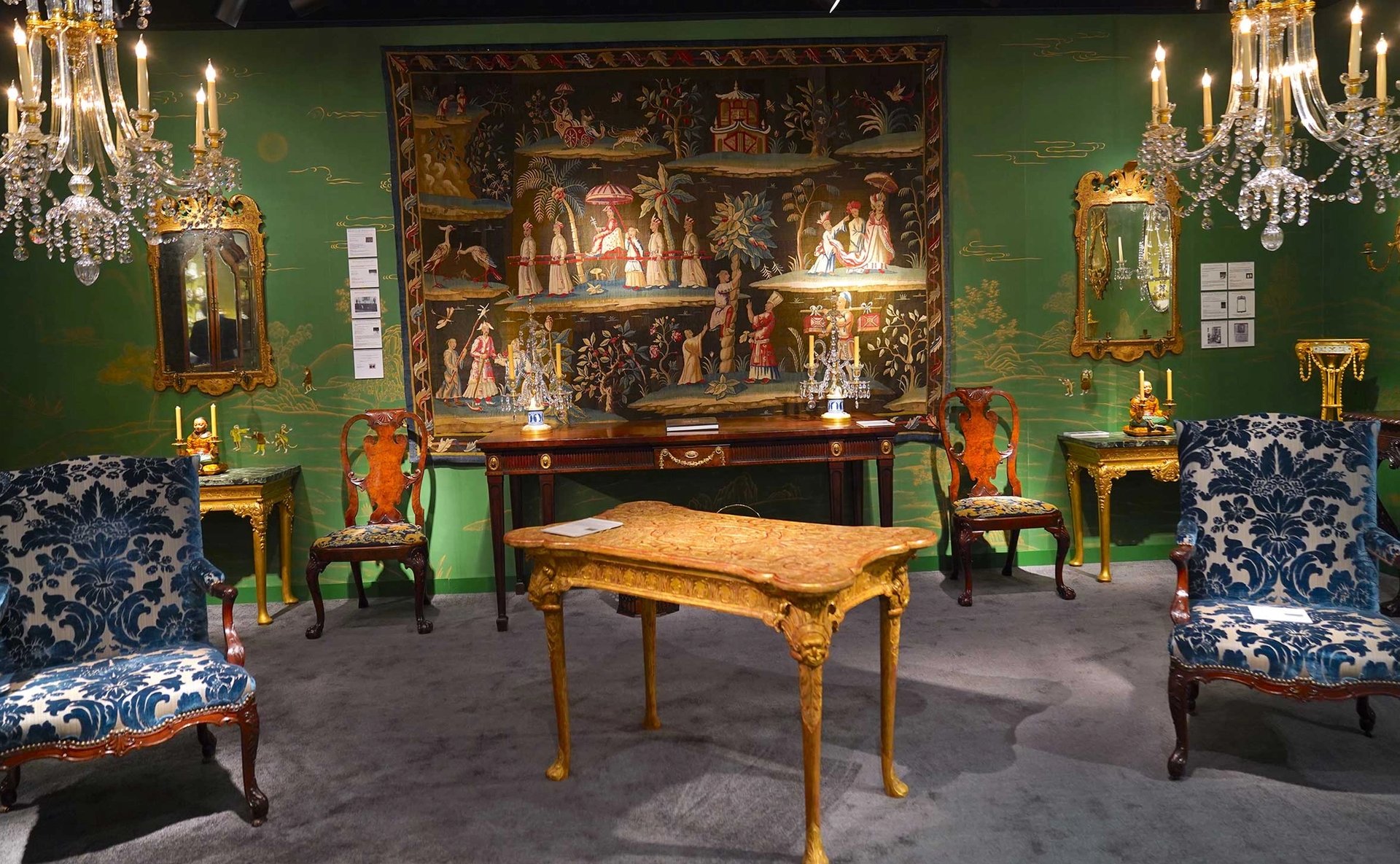
European dealers at decorative art fairs such as the Winter Show at the Park Avenue Armory in New York (above) could be adversely affected by the new tariff regime
Photo: Selcuk Acar/Anadolu Agency via Getty Images
It is useful to “have clients in several countries, which helps to mitigate the effect”, says Patrick Mestdagh, a Belgian dealer of antique objects from around the world and the current president of the international trade association of art and antiques dealers Cinoa (Confédération Internationale des Négociants en Œuvres d’Art).
Supreme court clarity?
The Trump administration’s tariffs have been challenged as unconstitutional, with claims made that the president has exceeded his authority under the International Emergency Economic Powers Act, and the US Supreme Court is scheduled to hear the case on 5 November. “The supreme court’s hearing of the tariff case will be very important,” O’Donnell says. “Under even the most conservative reading of the supreme court’s previous statutory interpretation of Congressional delegations of authority, the tariffs greatly exceed that authority.”
Peter K. Tompa, a lawyer in Washington, DC, who specialises in cultural property issues, says that “it seems wrong to claim that long-standing trade imbalances are somehow an ‘emergency’”, adding that “the circulation of art and antiques should be encouraged as a matter of fostering cultural understanding”.
Tariffs have been in place for most of the US’s history and are traditionally seen as a means to promote higher sales of domestic goods and higher wages for industrial workers. In 1896, William McKinley was elected president on a platform that proposed higher tariffs. A law passed the following year (the Dingley Act) set the average rates on imports at 47%, and it remained at that level until 1909, when the Payne-Aldrich Tariff Act lowered the percentage somewhat. However, it did not come down far enough for J.P. Morgan, who had been purchasing rare books, manuscripts and art in England for the library he had founded in New York City in 1906, and he switched the bulk of his collecting to the same types of items that he could source in the US.
What worked 120 years ago has become wisdom today. “I refuse to buy anything overseas,” says Chris Jussel, an antiques dealer in Stonington, Connecticut, and a one-time host of the television programme Antiques Roadshow. “I don’t want to pay the tariff—it’s revolting, it’s offensive,” he says, because, he claims, “no one consulted anyone in the antiques, art or museum world about imposing these tariffs on these types of things. It was done by fiat.”
Jussel says he did break his own rule and bought an early-18th-century British tobacco box at a provincial auction house in the UK this past March, spending $4,780 on it. The small wooden box now sits in a shipper’s storage site, awaiting the day when the tariffs are removed. “I might be waiting a while for this box,” he says.
The international trade in antiques and decorative arts, or at least the portion of the trade that involves the US, has become more bound by national borders, and the shift in buying that J.P. Morgan started pursuing back in the early 1900s may become the norm. “We are fortunate that there is a lot of material in the US from historic collecting,” Chait says.


